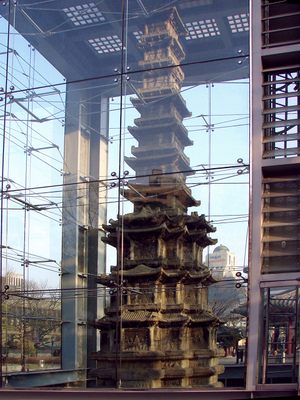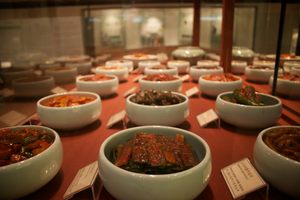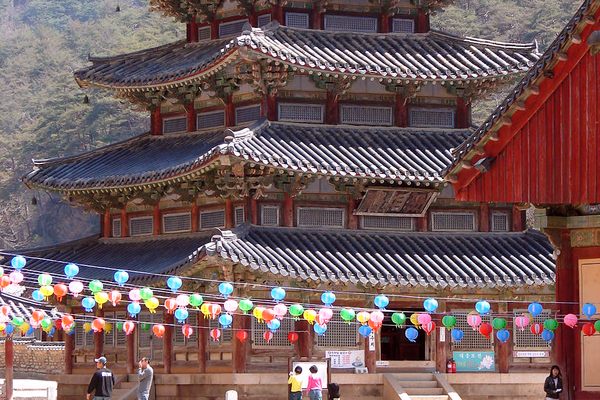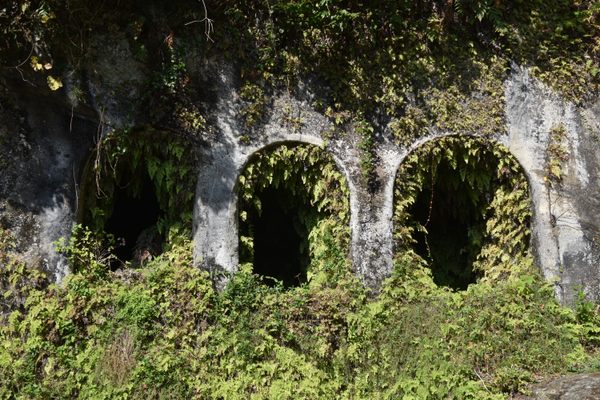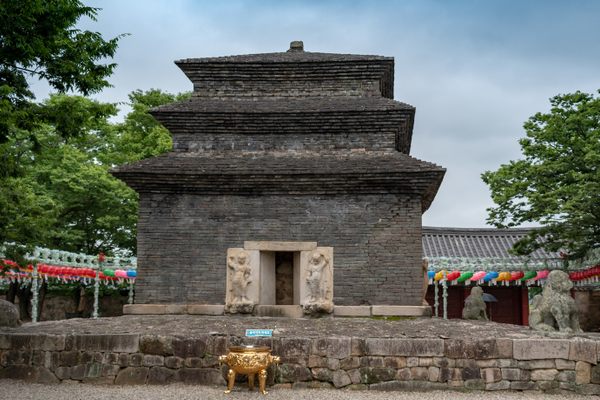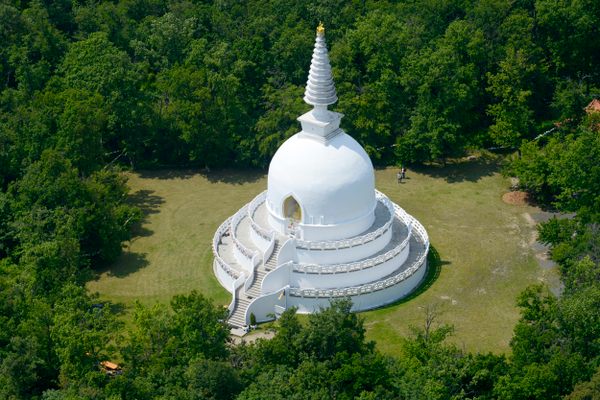About
Wongaksa Pagoda is a 12-meter (40-foot) pagoda located in Seoul, South Korea. The 10-story marble building is hidden away in Tapgol Park, in the center of the busy city. The pagoda was constructed in 1467 as a part of Wongaksa Temple, which King Sejo had established two years earlier on the site of an older temple. An inscription on the upper part of the pagoda states it was built in the 13th year of the king's reign.
The temple was closed and turned into a kisaeng house, then the site was turned into government offices. The pagoda and a memorial stele commemorating the foundation of Wongaksa were the sole surviving structures. Even, they had a close call in the 16th century during the Imjin War. The top portion of the pagoda was pulled down and lay on the ground—it would not be replaced until 1947.
In 1897, the financial advisor to King Gojong, was authorized to turn the area into Seoul's first public park, now known as Tapgol Patk. In 1962, the pagoda was designated a National Treasure of Korea. This title acknowledged an object's value as either a tangible treasure, artifact, site, or building which is recognized by the government as having exceptional artistic, cultural and historical value to the country. This explains why the pagoda is hidden in a somewhat ugly glass case that almost makes it look like a construction site.
The pedestal supporting the pagoda is three-tiered. The first three stories follow the shape of the base and the next seven stories are squares. The pagoda is richly engraved, with images of dragons, lions, phoenixes, lotus blossoms, and religious icons including Buddhas, Bodhisattvas and the Four Heavenly Kings.
The pagoda was carved to look as if it was made from wood despite being constructed from marble. The use of marble is in itself unusual, as most Korean pagodas are made of granite.
Despite its lofty-sounding title, the pagoda seems to be generally uncrowded, even though it is in a free public park.
Related Tags
Know Before You Go
Community Contributors
Added By
Published
April 12, 2021

